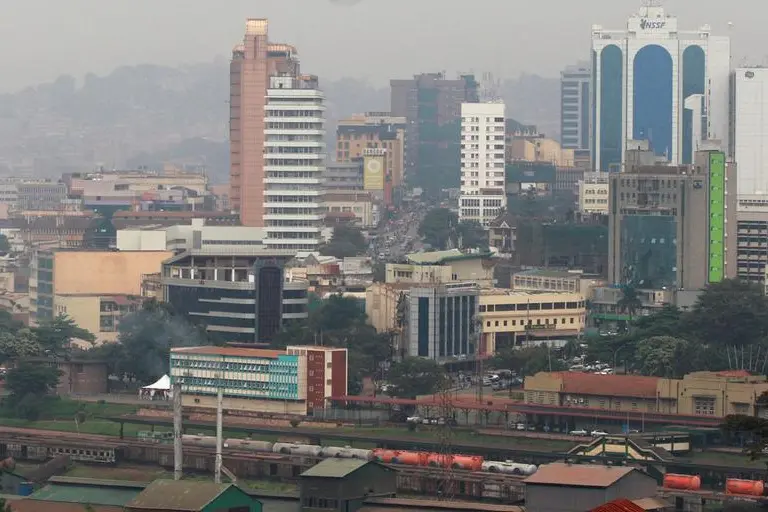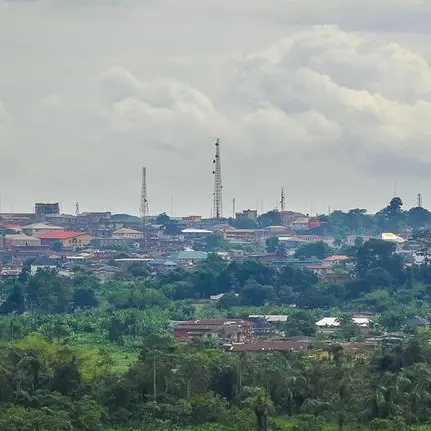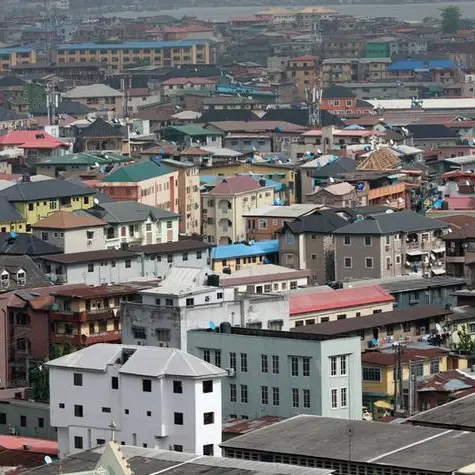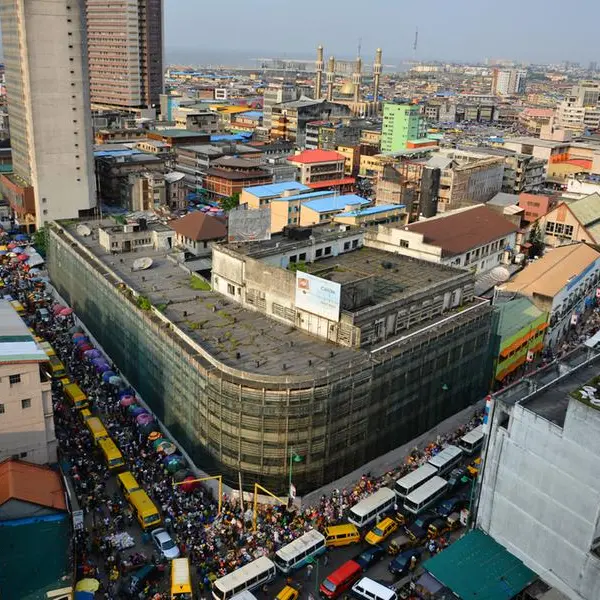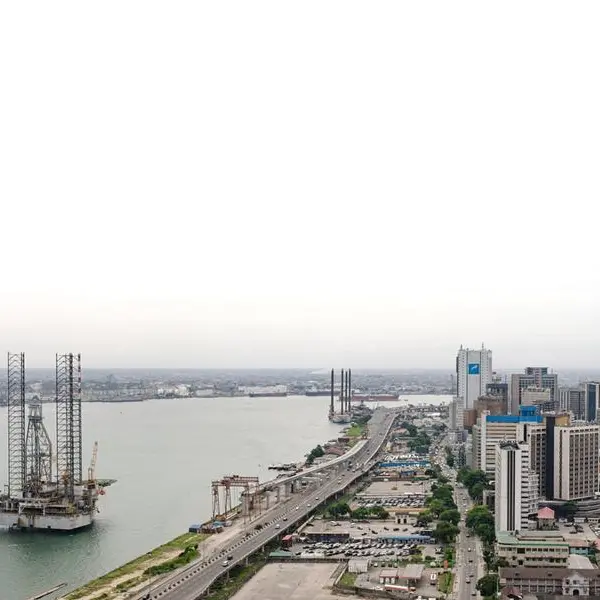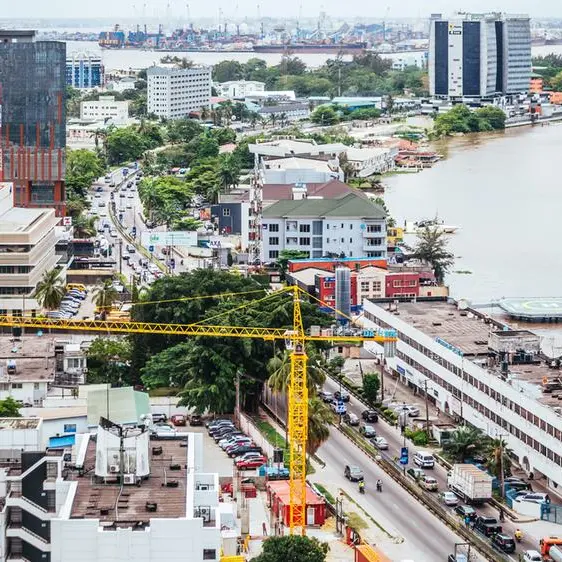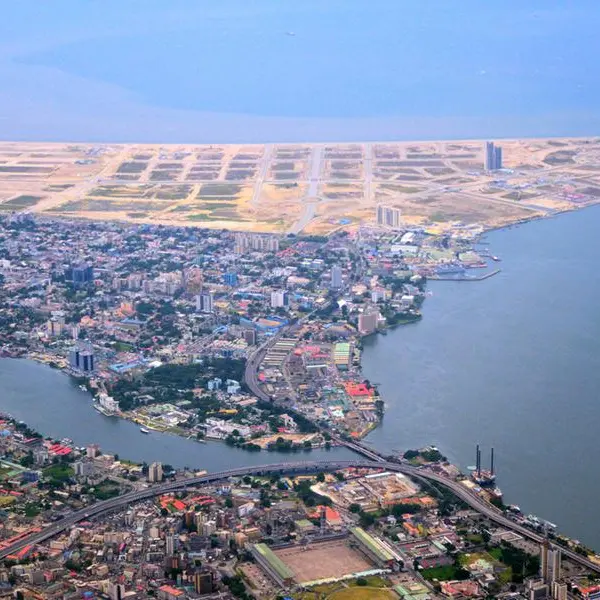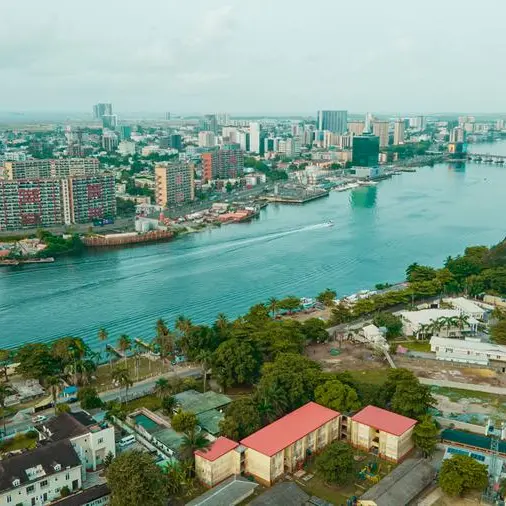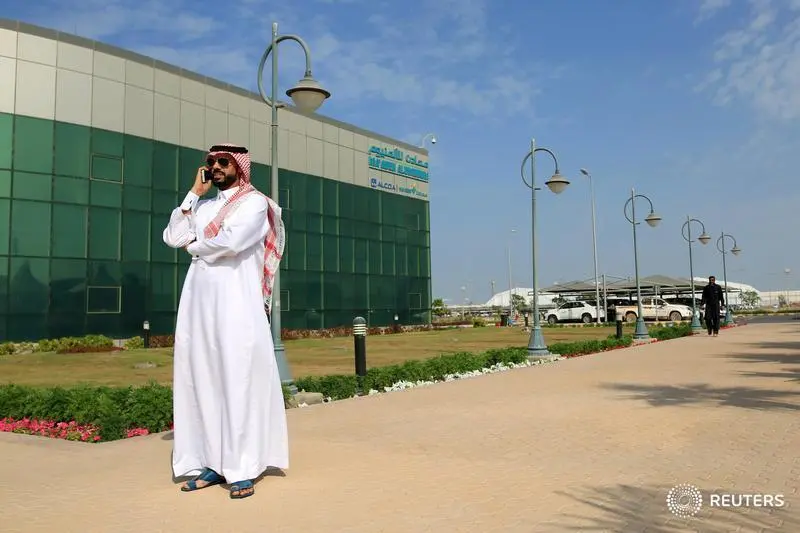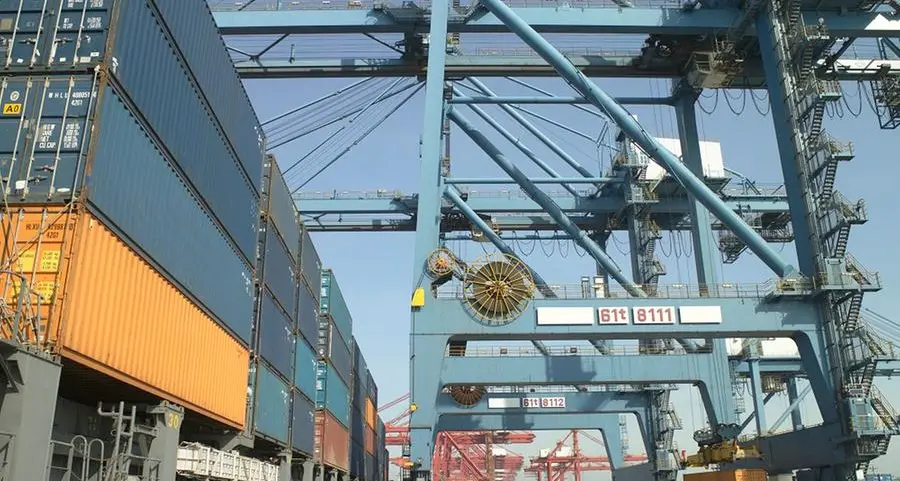PHOTO
Uganda’s exports to East African Community (EAC) markets have declined by Ush820.5 billion ($228.19 million), blamed on a host of challenges confronting business owners in the past one year.
These challenges, including non-tariff barriers, are pushing traders into informal channels as they seek to dodge red tape.
The Bank of Uganda’s (BoU) latest trade data shows Uganda’s exports to South Sudan, Tanzania, Kenya, and Rwanda took big hits, due to a combination of domestic protectionist tendencies, geopolitical tensions, and other non-tariff barriers.
Combined, Uganda exports through both formal and informal transactions to the four markets dropped from $1.88 billion in May 2023-April 2024 to $1.66 billion in April 2024-May 2025.
While reading the 2025/2026 EAC budget, Beatrice Askul Moe, chairperson of the EAC Council of Ministers and Kenya’s Cabinet Secretary for East African Community, Arid and Semi-Arid Lands, said that at least 47 non-tariff barriers were reported in different member states in the previous fiscal year.
Only 16 NTBs were resolved, and 31 remain. This means, despite the EAC’s efforts to promote free trade, some of these NTBs are pushing many East Africans into informal cross-border trade, which creates an uneven playing field for formal businesses.
Some of the goods, which dominated informal trade in Uganda are maize, beans, fish, fruits, bananas, eggs, onions, cattle and tomatoes.
Uganda Bureau of Statistics also names footwear and parts, clothes, maize flour, alcohol/spirits, mattresses, bags, soda, bed sheets, sacks, cement, and synthetic hair as some of the industrial goods traded in the EAC informal market.
Democrativc Republic of Congo remains Uganda’s biggest informal export market, which surged from $318.84 million in May 2023-April 2024 to $359.70 million in May 2024-April 2025. The huge informal market flourishes even after Uganda Revenue Authority closed operations at Uganda’s borders with eastern DRC on March 3, 2025.
This means there is growing smuggling of goods from Uganda to other East African markets after the taxman closed Cyanika in Kisoro district and Katuna in Kabale district, as well as the Uganda-DR Congo border of Kyeshero and Ishasha in Kanungu district.
In South Sudan, Uganda’s exports also suffered steep fall, from $661 million to $556.12 million, after Juba ran into financing difficulties when revenues from oil exports were cut because of the war in Sudan.
A World Bank report, A Pathway to Overcome the Crisis, confirmed the gravity of the situation when it reported that South Sudan suffered a 30 percent GDP contraction, a $7 million-per-day revenue loss, and sky-high poverty levels.
Uganda’s formal exports to Kenya also took a hit from Kenya’s continued use of tariffs and quotas to protect its domestic market from competition. For instance, Brookside Uganda, which used to export over 90 percent of its milk to Kenya, has been blocked for about three years now.
Rwanda’s imports from Uganda also registered a slight decline, from $311 million to $292.75 million. Formal exports slowed from $291.44 million to $251.61 million.
Over the past four years, Kigali has been building its industrial production capacity, cutting some supplies from Uganda. For instance, before 2019, Rwanda was importing over 59 percent of cement and most building materials from its northern neighbour.
But Narendra Raval, executive chairman of Devki Group, which owns Cimerwa Cement, earlier told The EastAfrican that Kigali was racing against time to be 100 percent import-free, a move that would save $160 million in foreign exchange Rwanda has been spending on cement imports. Cimerwa increased production from 600,000 tonnes to 1.2 million tonnes annually.
Uganda’s exports to Tanzania also declined from $202.33 million to $171.8 million. Uganda also suffers from low production capacity and, as such, the country is struggling to satisfy the domestic market.
Shadow Finance minister Ibrahim Nganda Ssemujju said that most of his country’s 2,263 agro-processing facilities (APFs) established nationwide, including zonal industrial hubs, industrial parks, and urban markets, are struggling.“Forty percent of the APFs are non-functional, and more than 50 percent are performing below capacity,” Ssemujju said in an alternative budget he presented in Parliament.
© Copyright 2022 Nation Media Group. All Rights Reserved. Provided by SyndiGate Media Inc. (Syndigate.info).
